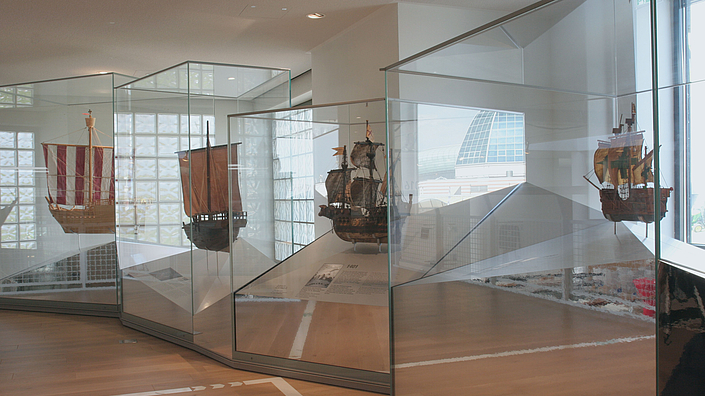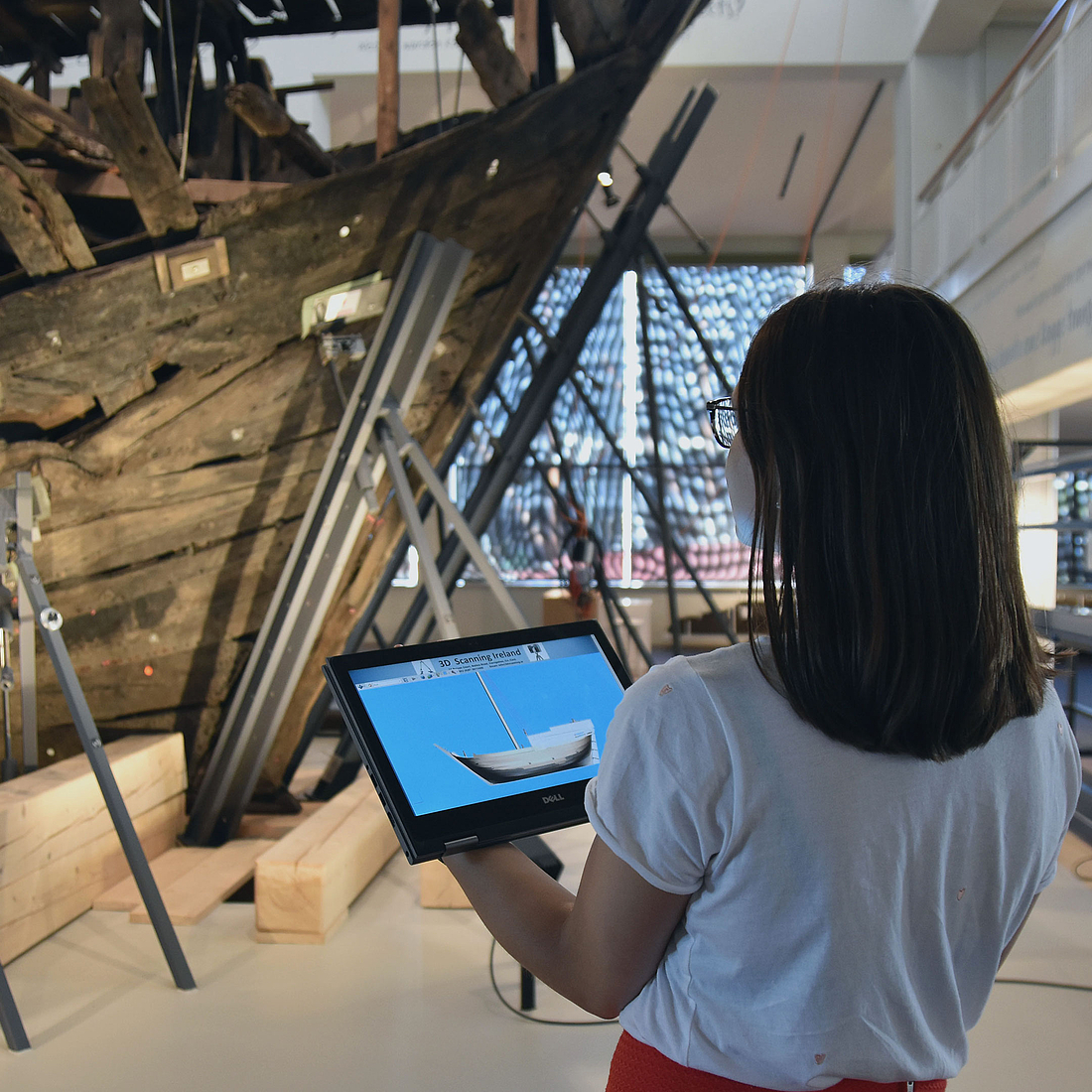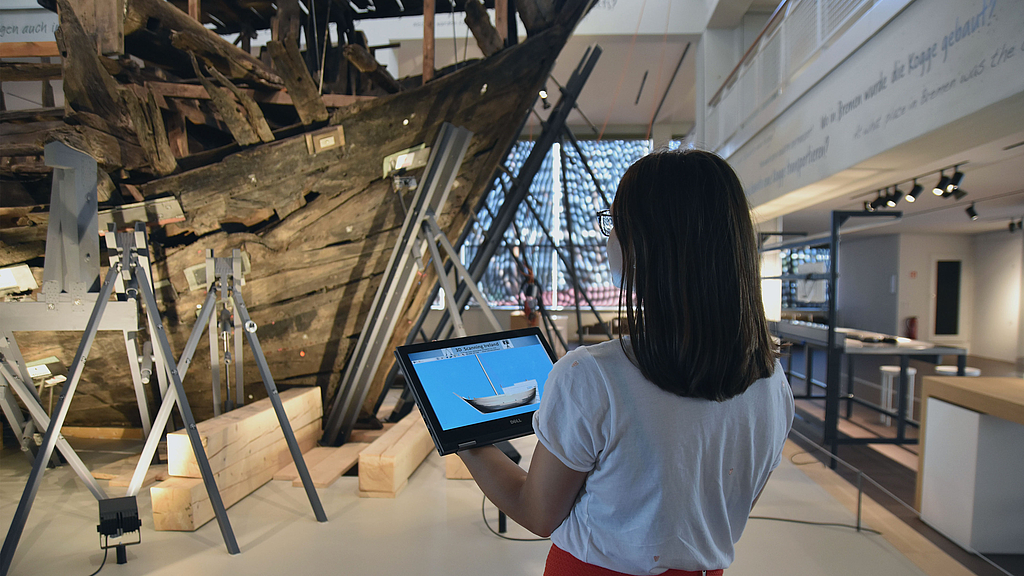NAVI for research museums
Methodology development on "New approaches for utilisation and knowledge communication for research museums" with a focus on the utlisation of digital content.
Digital content is currently an important topic in museums. Great efforts are taken to create digital content in the institutions, whether in the form of texts and images for exhibitions or in the digital recording of objects, to give only a few examples. This content is the starting point for the project.
Questions arise such as: What digital content exists at all in research museums and for whom is it designed? How can digital content be used additionally? For whom else might it be interesting and in what form? What does the provision and use look like? It is free of charge for everyone to use or must differences be made here? What can be used (i.e. utilised) at all outside the field of science?
Utilisation – what is it?
Such questions that arise in the context of the digitalisation of museum content are always pertinent when digital content is to be used outside the field of science, i.e. particularly if one thinks about "utilisation". Utilisation generally means "any use of knowledge, skills and resources of the research institute in the home institute or at external partners" (see here also the Intellectual Exploitation project). The NAVI project primarily examines the utilisation potential of digital content.
For this purpose, first the understanding of the utilisation is adapted: "Utilisation of digital content means the process of using digital content created in a research museum or providing it for use" (definition laid down in project). Here the emphasis is in particular on the content being utilised by users in a way that added value is created for the user group and, if possible, directly or indirectly also for the museum.
New utilisation approaches: developing and testing systematic approaches
The project involves developing systematic approaches on how museums can create additional benefit from their digital content. To this end it is first necessary to have an overview of the digital content in research museums. Then it is worked out which content has the potential at all to be interesting for other target groups, in addition to the visitors to the museums.
Subsequently, it is examined as to which target groups would use this museum product and in what form. Finally, the suitable formats must be found and the benefits for the target groups and the museum estimated. The exemplary development of business models in the research museums is then carried out.
The project works conceptually and is aligned with contextual requirements. The technical requirements are complied with as framework conditions. However, the demands of the target groups and the basic idea of utilisation beyond the field of the arts are given greater focus.
The end goal is to provide the research museums with recommendations for action for the utilisation of digital content.
In order to be able to develop suitable concepts, there are two sub-projects. The eight research museums of the Leibniz Association are used as objects of investigation and the overarching results pooled. The culture-historical and natural history museums will be considered separately with their specific requirements in each case.

Hendrikje Brüning
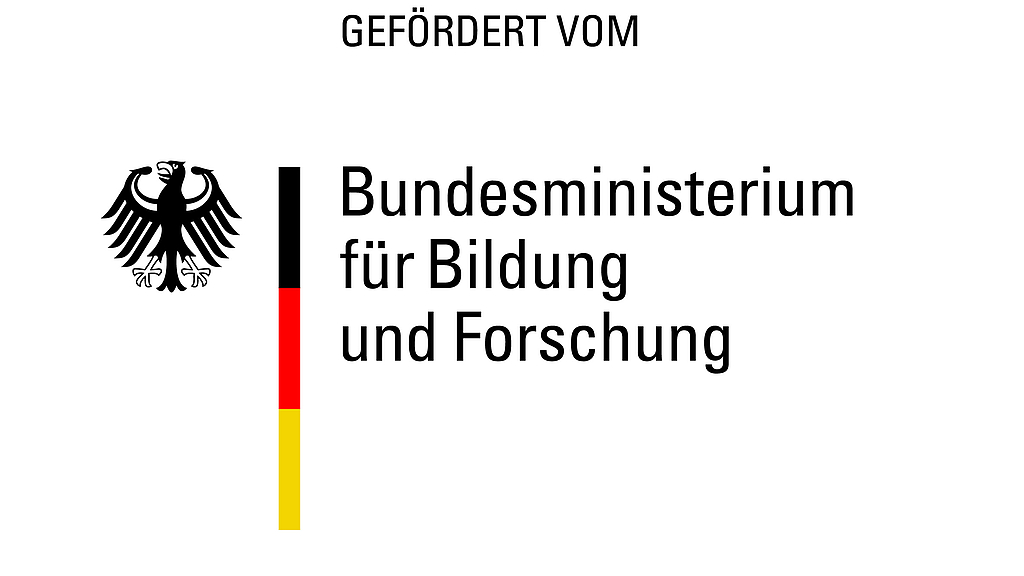
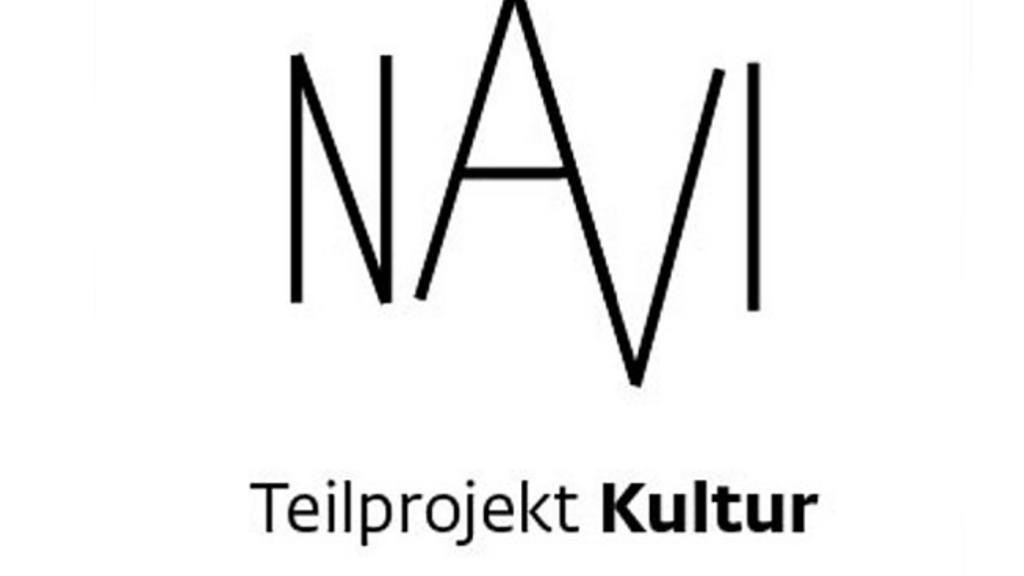
What do the two sub-projects "Culture" and "Nature" do?
The two sub-projects are separate in terms of theme, as the names suggest. The Culture sub-project at the German Maritime Museum works with digital content, as it exists at cultural and historical museums, in particular with the examples of the German Maritime Museum. Moreover, each sub-project looks at certain elements of utilisation in-depth. In the Culture sub-project these are external enquiries made to the museums, the processes and guidelines thus associated and, based on this, also the development of business models.
The joint project partner in the Nature sub-project at the Museum für Naturkunde in Berlin investigates in particular the requirements of the natural history museums and ethical challenges as well as questions on rights and licences.
Further insights can be found on the website of the project.
The project is sponsored by the Federal Ministry for Education and Research (BMBF). (Project sponsor in the German Aerospace Centre (DLR), funding measures "Innovationsorientierung der Forschung" (Innovation orientation of research))
Verwandte Beiträge
-Zwischen Nordsee und Nordmeer
Die Inseln Island, Shetland und Färöer rücken in den Fokus der Hanse-Forschung. Fast zweihundert Jahre lang brachten Schiffe von dort Stockfisch in die norddeutschen Küstenstädte.
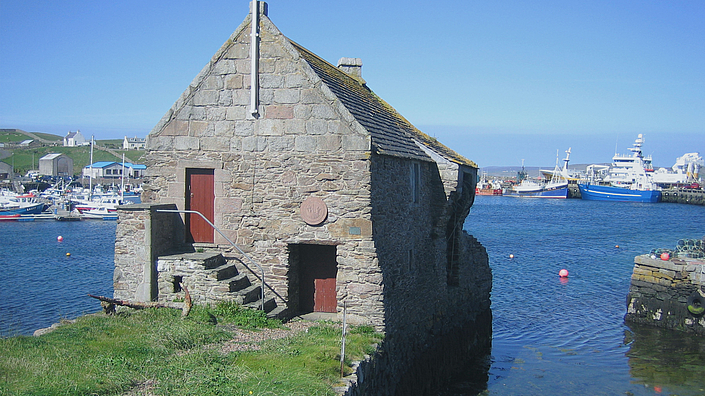
Band der Schiffsmodelle
Das Band der Schiffsmodelle zieht sich als roter Faden durch die Ausstellung des Museums. Es erzählt die Geschichte der einzelnen Modelle und dargestellten Schiffe.
weiterlesen
